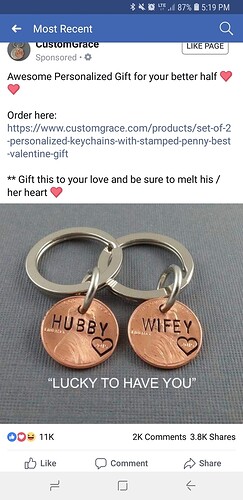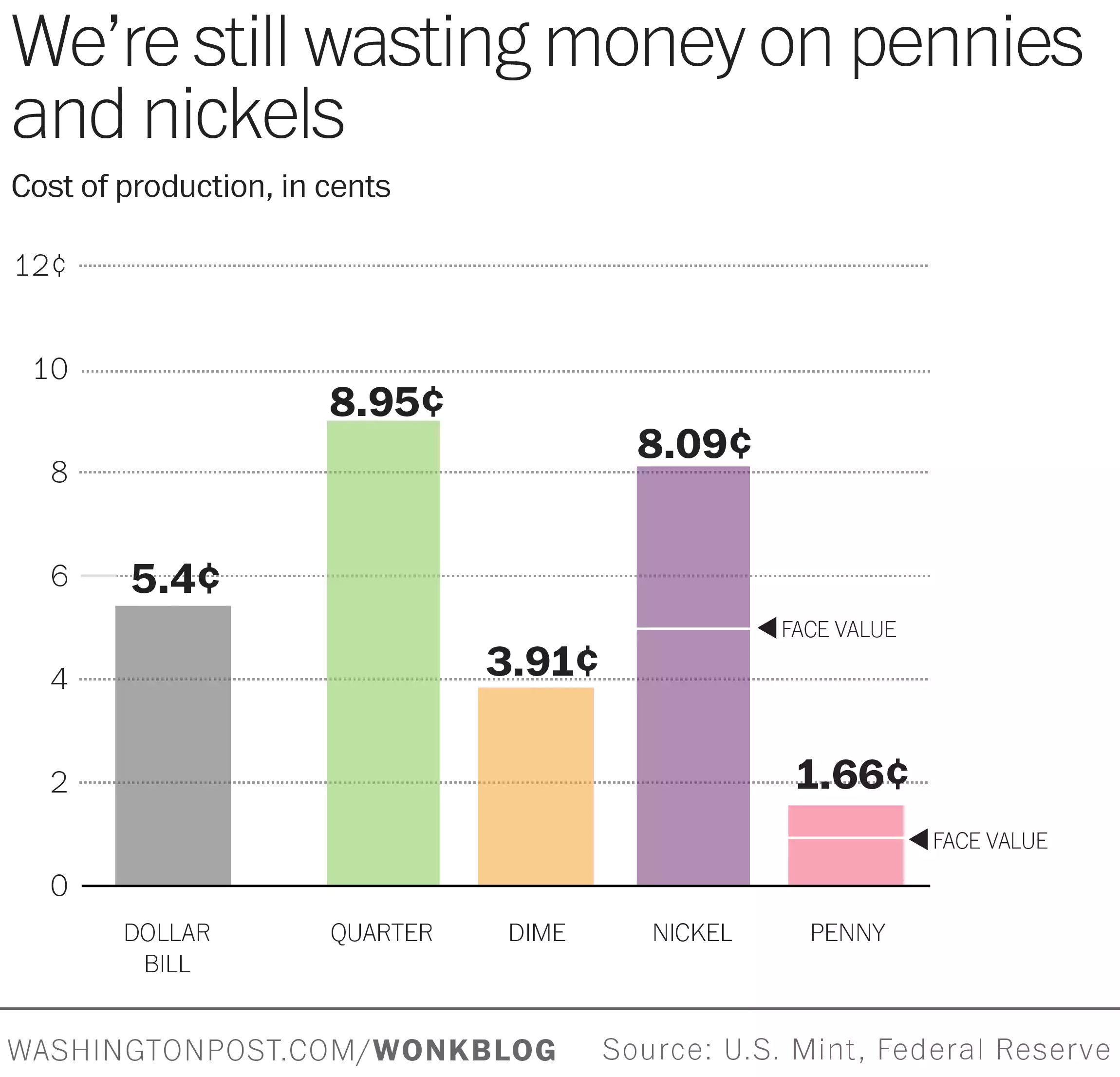I just saw something on Facebook that i want to do for the Mrs. Can we etc on pennys?
Pennies are covered in copper, which is going to be difficult to mark, even if you decide to ignore the fact that it is technically illegal. The Glowforge wil not directly etch the copper and from what I have read it is difficult to mark even with a laser marking material such as Thermark.
@ben1, you’re right about everything except it being illegal. It’s only illegal if you deface it in such a way that you make it look like a different denomination, or pass it off as something different than what it is. To use it to make jewelry, etc., is perfectly legal.
No. Copper reflects laser beams - you might damage your lens.
Have zero knowledge myself, just parroting. Support said at one point copper should not be used because it reflects the beam. Damage might result.
Edit: Actually I may be combining info from two different posts. Dan said that copper is an almost perfect reflector and not CO2 laser compatible. And Support (Rita) said the following.
So what about cermark (or cermark tape) covering the penny? Does it still reflect once it goes “through” the cermark. or does whatever coating changes to (whatever the black coating is) prevent the beam from ever actually reaching copper surface?
I guess it depends on how you read the statute. The wording I read didn’t mage exception for artistic purposes.
Someone please tell Cynthia that. Got nine one dollar bills as change yesterday with the name Cynthia written boldly in marker across each one. Maybe Cynthia is an exotic dancer.
Yeah, just like those machines they use to squish pennies into souvenirs. Its perfectly legal to do since there is no fraudulent intent.
She might come knocking on your door asking for them back… they have her name on them, so it is only fair you return them!
I think the penny machines are legal because they completely destroy the coin - there is no chance of it being taken for legal tender. If the coin can be confused for legal tender after the modification it is not legal. So the coins where the entire background is removed are legal because no one is going to accept them as legal tender. But a marked penny could be. Some sources point to the intent as well; in that the defacement must be for fraudulent purposes, but the text of the statute I read did not mention that for coinage.
Here is where I would start for the legal side of things (rather than conjecture  )
)
https://www.usmint.gov/news/consumer-alerts/consumer/selling-jewelry-incorporating-coins
Visit www.secretservice.gov for additional information.
Here, this is taken right off of the deptartment of the treasury’s web site:
Is it illegal to damage or deface coins?
Section 331 of Title 18 of the United States code provides criminal penalties for anyone who “fraudulently alters, defaces, mutilates impairs, diminishes, falsifies, scales, or lightens any of the coins coined at the Mints of the United States.” This statute means that you may be violating the law if you change the appearance of the coin and fraudulently represent it to be other than the altered coin that it is. As a matter of policy, the U.S. Mint does not promote coloring, plating or altering U.S. coinage: however, there are no sanctions against such activity absent fraudulent intent.
Here’s a link to the page on the treasury’s website. The paragraph is at the bottom of the page.
Now my summary, not the U.S. Governments:
The standing interpretation has been: to use U.S. coinage to make jewelry, elongated pennies, rings, etc, is not a violation of Title 18, Section 331 because it is not considered “Fraudulent.” Normally that has applied to defacing currency which is intended to stay in circulation, like stamping your business name on a bill then using it to pay for something, or trying to make a quarter look like a silver-dollar, or anything that misrepresents it’s value. Like all laws in the U.S. these can always be reinterpreted and suits can be filed for literally anything.
So, signing you name to a bill is a no-no, and so would be etching a logo onto a penny then putting the penny back into circulation. But turning coins into jewelry or souvenirs, or whatever in which they are taken out of circulation is legal, or at least has been regarded as such for crafts and artisans.
Just FYI, section 333 or title 18 is usually interpreted as applying to “notes” not coins. Section 331 deals with coinage directly. But like with all maters of American law, it’s up for debate 
the important phrase.
So does this mean I can engrave @Dan’s face on quarters and sell them for $$$$$ . 
It actually works out well for the treasury, since the coin is usually taken out of circulation, and is not traded back to the treasury, the government effectively pockets the value of the coin. Same goes for lost money too.
Wow. I didn’t mean to cause such a big debate on this. Just saw something and thought it would be cool. I always figured that since it was taken out of circulation that it didn’t matter.
Now, since we’ve decided that copper is bad, any thoughts on nickels or quarters? Can the GF cut through those and also etch on them without damage?

